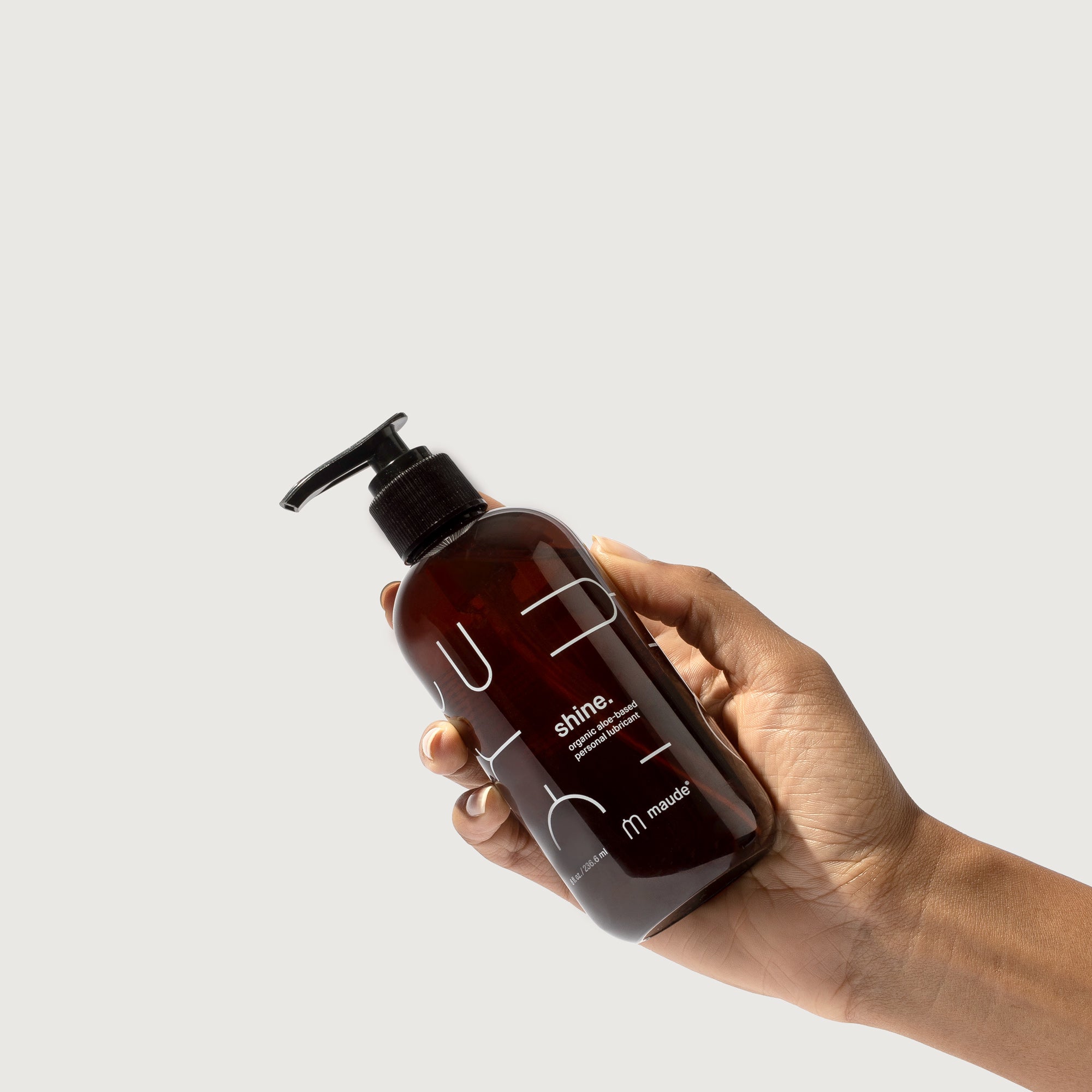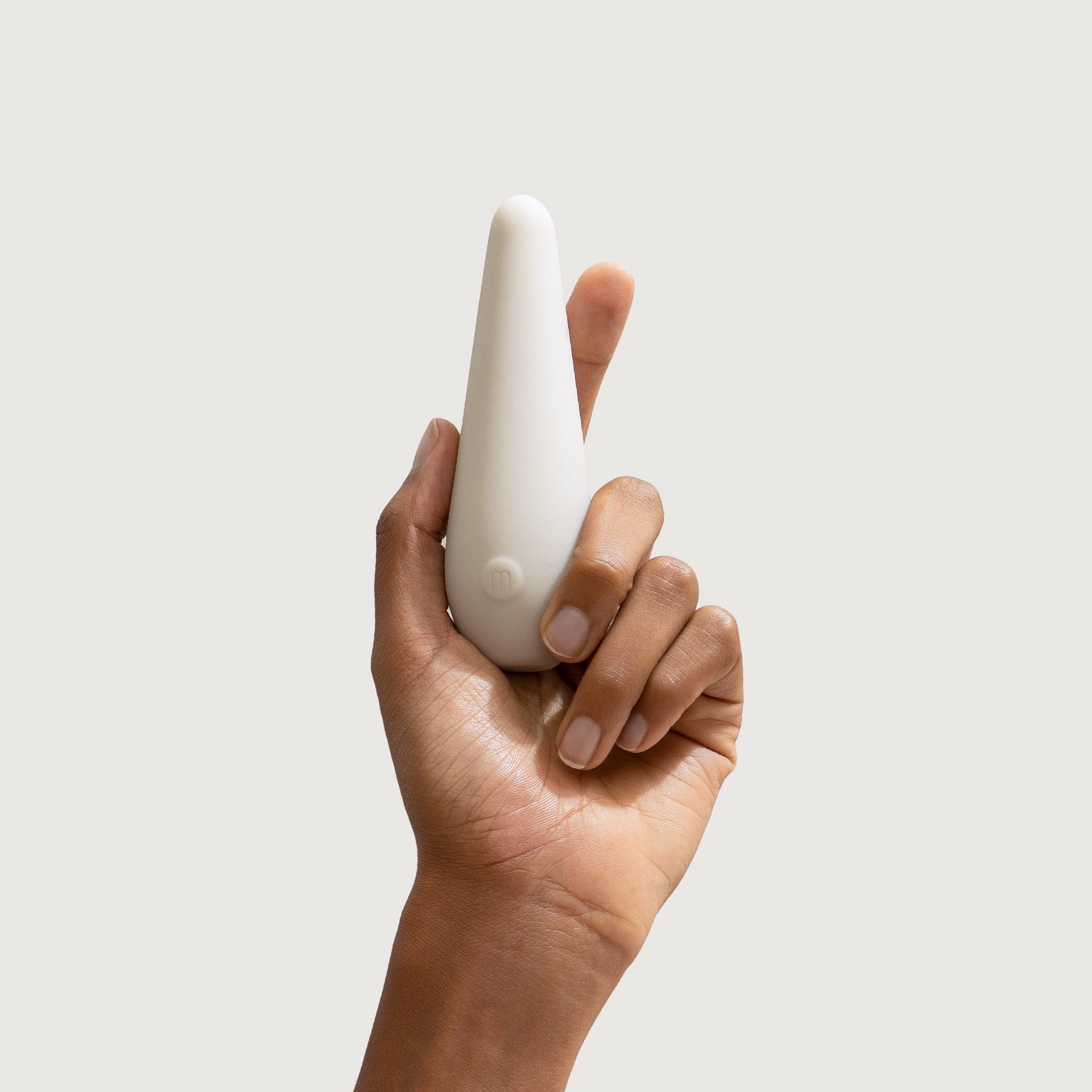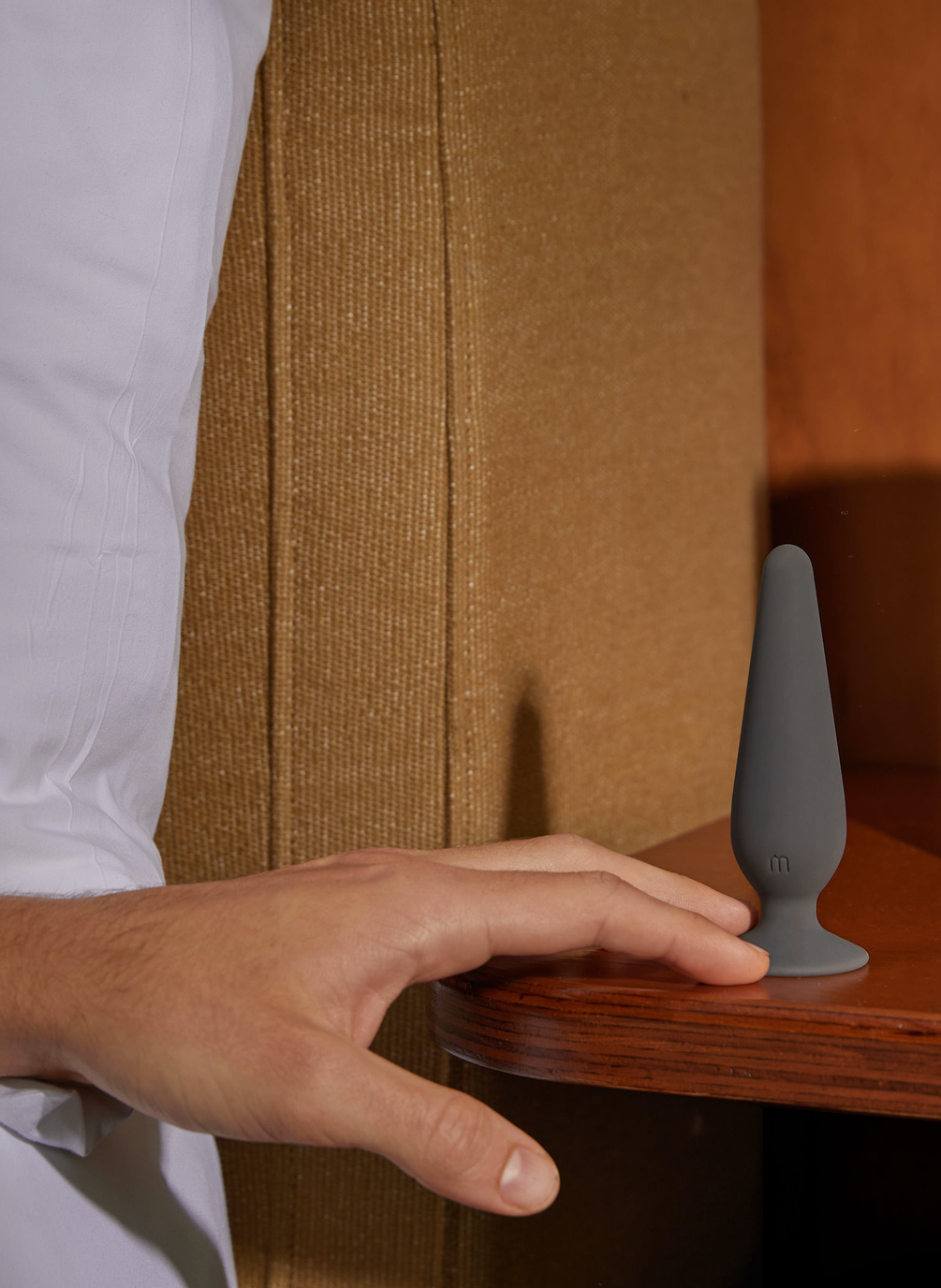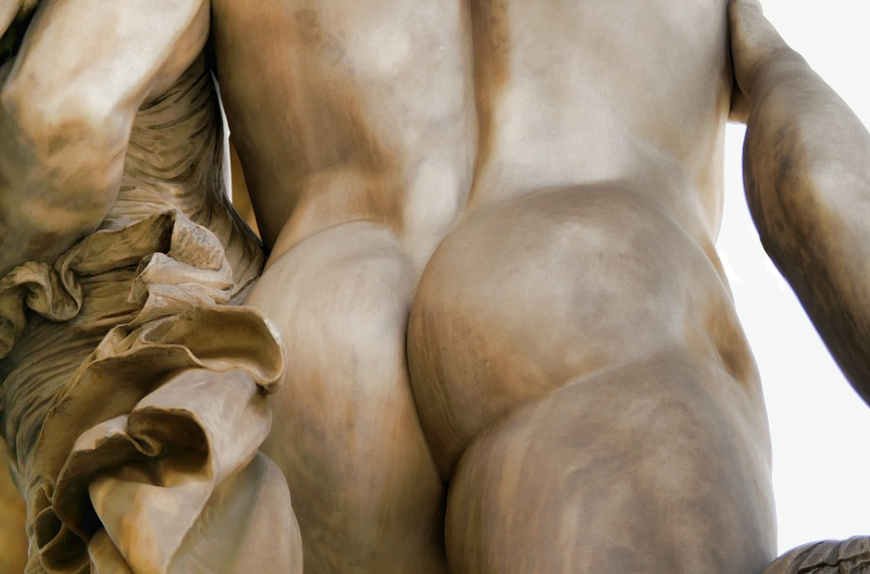The intimate history of the butt plug.
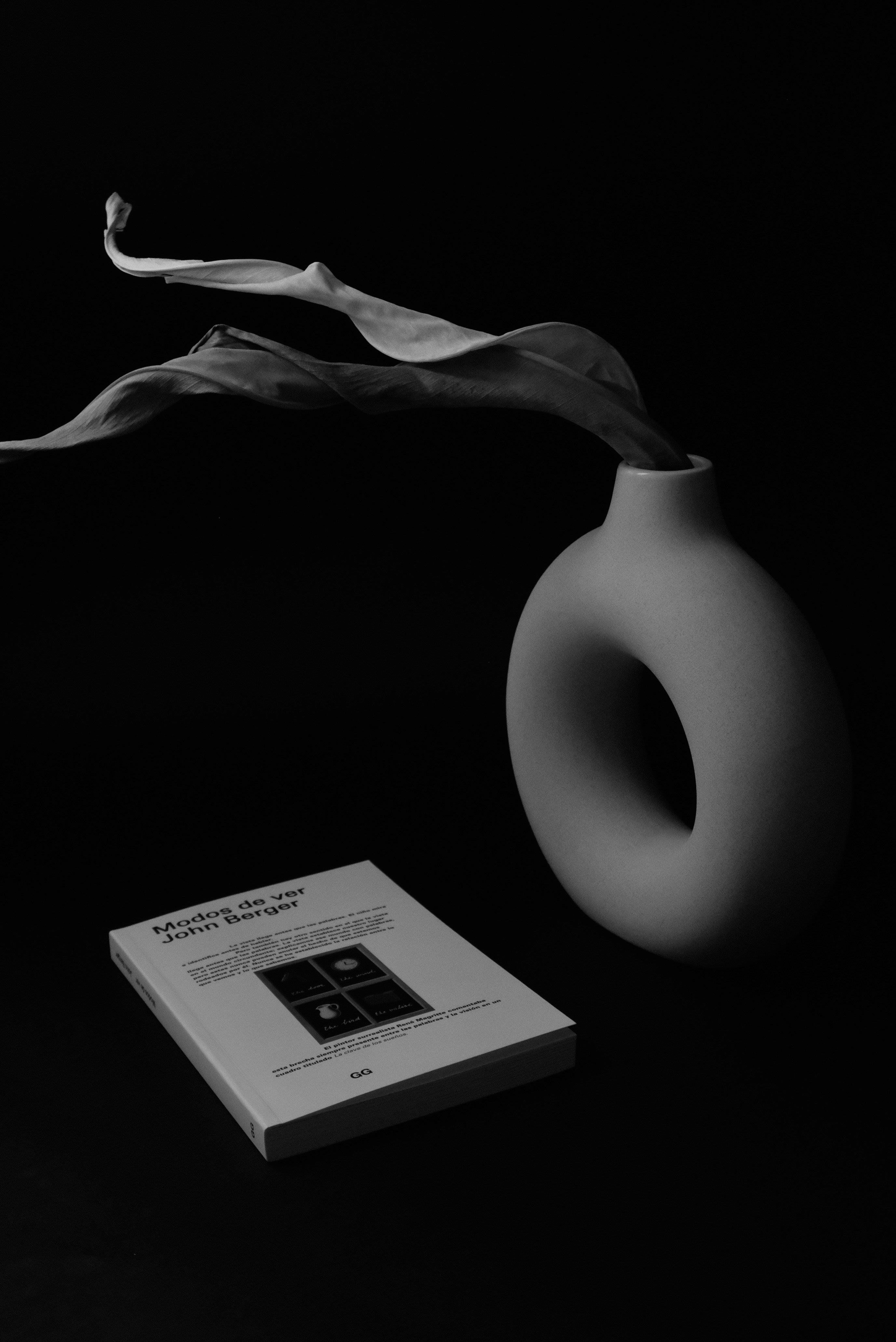
From the early depictions to the FDA.
Nobody knows when the first human looked at a butthole and thought, “Maybe I could stick something in that.” It almost certainly happened a very long time ago though—there are depictions of anal sex dating back pretty much as long as there has ever been art, and sex devices dating back pretty much as long as there have ever been tools, so it seems safe enough to say that Device A sometimes found itself in Slot B.
However, not all bodily entry points are created equal. The anus kind of… keeps going, and a flared or flanged bottom (as in, the bottom of the thing, not the bottom the thing goes into) is a necessary design feature to prevent anything getting lost up there and entering rectal foreign object territory.
The first proper butt plugs complete with flanged ends were marketed as medical devices. “Dr. Young’s Ideal Rectal Dilators” originated in the early 1900s and are immediately recognizable to modern eyes (and still occasionally change hands as collectors’ items). They came complete with a laundry list of ailments they were said to treat: headaches, insomnia, bad breath, acne, anemia, anorexia, hemorrhoids, nervousness, irritability, and cold extremities were all said to be fixed in a tick with a bit of ass-play. Ads for the products claimed they could be used “by any intelligent person”. Dr. Young also claimed his dilators could cure insanity, making the extremely bold claim that “three-fourths of all the howling maniacs of the world” could be cured with a few weeks of butt-pluggin’.
Unfortunately for Young, a lawsuit brought about by the Food and Drug Administration put an end to his rear-based medical shenanigans. The FDA ruled—not entirely insensibly—that his claims were not backed up by any evidence, regardless of how much of his “Piloment” people were using. The company was dissolved, and all stock was destroyed.
Working at around the same time as Dr. Young was George Starr White, an eccentric and enthusiastic practitioner of a lot of fringe medical beliefs. White was interested in everything, from auras to using light as medicine to reinventing spelling—he titled his memoir My Biography—and took a particular interest in what he saw as the anus’s organ-unifying properties. In 1928 he began selling a device entitled Valens’ Bio-Dynamo Prostatic and Rectal Normalizer. In 1931 the FDA shut him down.
Something incredibly difficult to ascertain is what anyone genuinely believed. Was Dr. Young pushing a medical cure-all, or had he figured out a way to publicly sell implements intended for anal stimulation at a time when that simply wouldn’t have been permitted? How many of these implements were purchased for potential medical reasons, and how many customers were reading between the lines, will never be known.
Due to the non-copyrightable nature of the butt plug—not a specific set of dimensions as much as an idea, something one knows when one sees—nobody holds the patent for it. There is a scary-sounding patent registered in 1958 for the “hammer butt plug”, but it turns out to just be… a part of a hammer. The various meanings of both ‘butt’ and ‘plug’ mean the patent office is jammed with inadvertently hilarious documents like this one for a USB adaptor—nothing at all to do with the human anus—that mentions butt plugs a dozen times.
The straightforward sale of butt plugs with no touted medical benefits beyond fun first took place in the 1960s with the birth of the sex shop in Germany, and soon enough they were being freely sold both from mail-order catalogs and sex shops worldwide. The dramatic rise in the use of silicone in the 1990s was a bit of a game-changer, replacing the rubber that had previously been used—silicone is a lot more durable and easy to clean, resulting in both in a wider variety of imaginative shapes and dishwasher-safe objects.
For a fairly rudimentary-seeming implement with no moving parts, it’s still being developed—in 2019, sex researcher Nicole Prause added piezoelectric plates to some store-bought butt plugs and created a pioneering medical device, a way of measuring the physiology of orgasms.

